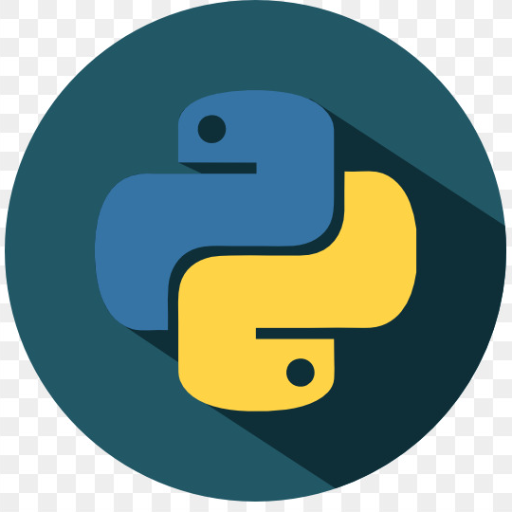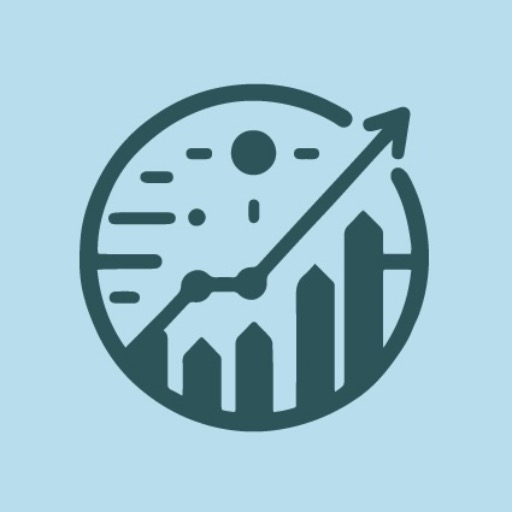Python-AI-powered Python assistant
AI-powered coding assistant
Ask Samurai 🥷
Develop a web crawler to fetch thousands of web pages concurrently.
Tutorial 📚
Create an ML model for stock price prediction using Python
Related Tools
Load More
Learn: Python
First steps of learning Python

Python Code Expert
Develop Python applications that are efficient, maintainable, testable, performant, and robust. Excels at OOP design, error handling, documentation, logging, and much more. Includes unit tests written in pytest for all code snippets.
Python Coding Companion
Assists in creating and understanding python applications and scripts.

Python hacker
Autonomous Python hacker expert, handling coding tasks without user input.

Python Tutor
Concise, example-focused Python programming tutor for beginners to intermediates.

Python Expert
Practical Python tutor with a focus on real-world applications and hands-on learning with projects.
20.0 / 5 (200 votes)
Introduction to Python
Python is a high-level, interpreted programming language known for its simplicity and readability. It was created by Guido van Rossum and first released in 1991. Python emphasizes code readability with its use of significant indentation. Its design philosophy encourages writing clean and understandable code, making it a popular choice for beginners and experts alike. Python supports multiple programming paradigms, including procedural, object-oriented, and functional programming. It has a comprehensive standard library and a vast ecosystem of third-party packages, enabling developers to tackle a wide range of tasks, from web development to data analysis and machine learning.

Main Functions of Python
Data Analysis
Example
Using libraries like pandas and NumPy, Python can handle and analyze large datasets. For example, a data scientist can use pandas to load a CSV file, manipulate the data, and perform statistical analysis.
Scenario
A financial analyst uses Python to analyze stock market data, identify trends, and generate insights for investment decisions.
Web Development
Example
Frameworks like Django and Flask allow developers to create robust web applications. For instance, a developer can use Flask to set up a basic web server and handle HTTP requests and responses.
Scenario
A startup builds a web application for online booking using Django, which manages user authentication, database interactions, and serves dynamic content.
Machine Learning
Example
Python's libraries such as TensorFlow, scikit-learn, and Keras enable building and training machine learning models. An example is using scikit-learn to train a model to predict house prices based on historical data.
Scenario
A data scientist develops a recommendation system for an e-commerce site using machine learning algorithms implemented in Python.
Ideal Users of Python
Beginners
Python's simple and readable syntax makes it an excellent choice for beginners in programming. It allows new developers to focus on learning programming concepts without getting bogged down by complex syntax.
Data Scientists and Analysts
Python is widely used in data science for its powerful libraries and tools for data manipulation, analysis, and visualization. Professionals in this field benefit from Python's ability to handle large datasets and integrate with other tools and technologies.

How to Use Python
Step 1
Visit aichatonline.org for a free trial without login, also no need for ChatGPT Plus.
Step 2
Install Python from python.org and set up a development environment, such as Visual Studio Code or PyCharm.
Step 3
Learn basic Python syntax and concepts, such as variables, data types, functions, and control structures.
Step 4
Practice coding by working on small projects and challenges available on platforms like LeetCode or HackerRank.
Step 5
Explore libraries and frameworks for specialized tasks, such as Flask for web development or Pandas for data analysis.
Try other advanced and practical GPTs
Caricature GPT
AI-Powered Caricature Generator

Summarizer
AI-Powered Text Summarization Tool

Pitch Deck Analyzer
AI-Powered Feedback for Perfecting Your Pitch Deck

NikeDesignGPT
AI-powered custom Nike shoe designer.

Adventures of Latent Space
AI-powered tool for limitless interactive storytelling.
Faux Products
AI-powered fun for creative minds

Build A Working Web App with AI
AI-Powered Web App Development

Job Application Coach - Job GPT
AI-powered personalized job applications.

DS検定模擬試験 - GPT
Master the DS exam with AI-driven practice.

Mr Nitpick
AI-Powered Precision for Every Line

Cipher GPT
AI-powered secure message encryption and decryption.

Content Pillar Creator
AI-Powered Content Creation Made Easy

- Data Analysis
- Automation
- Web Development
- Machine Learning
- Scripting
Python Q&A
What is Python?
Python is a high-level, interpreted programming language known for its readability and versatility. It supports multiple programming paradigms and is widely used in various fields, including web development, data analysis, artificial intelligence, and more.
How do I install Python?
You can install Python by downloading the installer from python.org. Follow the installation instructions for your operating system, and ensure you add Python to your system PATH for easy access.
What are some common use cases for Python?
Common use cases for Python include web development, data analysis, machine learning, automation, scripting, and software development. Python's extensive standard library and third-party packages make it suitable for a wide range of applications.
How can I learn Python effectively?
To learn Python effectively, start with online tutorials and courses, practice coding regularly, participate in coding challenges, read Python documentation, and work on real-world projects. Joining a community or study group can also provide support and motivation.
What are Python libraries?
Python libraries are collections of pre-written code that provide functionality for various tasks. Popular libraries include NumPy for numerical computing, Pandas for data manipulation, Flask for web development, and TensorFlow for machine learning.